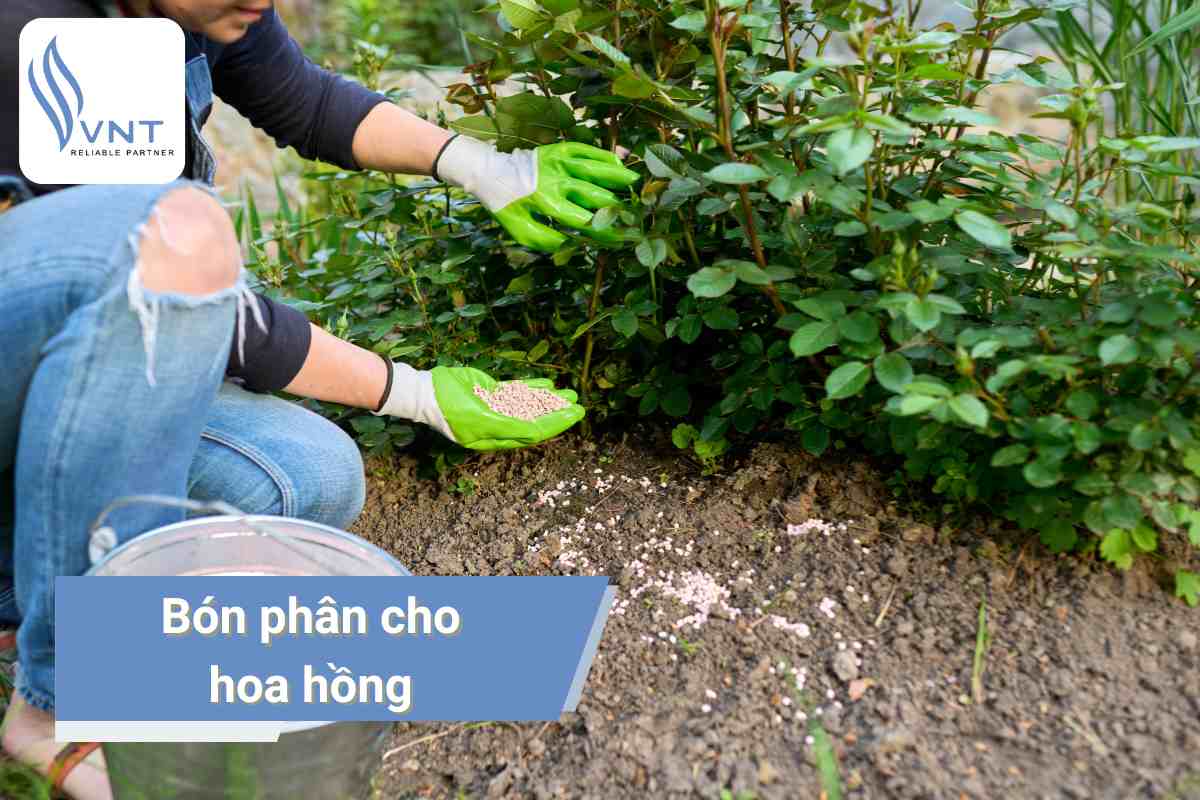[Summary] Some measures to care for flooded plants after storms
After the floods, many localities often have to suffer from flooding, many areas of rice and crops are submerged in water. For crops, many days of waterlogging greatly affects crop yields, even killing plants. So what is the appropriate measure to care for flooded crops? Let's follow Vntradimex in the article below.
How to identify waterlogged plants
Waterlogged plants can often be detected through signs on the leaves, stems and roots. Usually, the first symptoms appear on the leaves, including yellowing or rot between the veins. Dark areas may appear along the veins and the inner areas may turn brown. These symptoms are quite similar to those of water shortage and wilting.
Dark green roots, accompanied by a sour, rotten smell are typical signs of waterlogged plants. The roots may rot partially or completely, and the root bark may peel off easily.
Herbaceous plants may not sprout in the spring, or shoots may appear and then die. Plants are stunted and do not grow. Young shoots die easily and peel off the plant, some plants have root edema.
This is because waterlogging causes water stress, the roots lack oxygen and cannot absorb any water or nutrients to transport to the plant.

How to recognize waterlogged plants
Plant prevention measures before the rainy season
When there is information about heavy rain in the locality, proactive measures should be taken to prevent flooding for crops. Some measures that can be applied are as follows:
- Design drainage system: When there is information about storms, it is necessary to dig a system of ditches and drainage pipes for the garden, ensuring that the ditches can flow smoothly, without objects blocking the water flow (leaves, weeds, etc.). This helps the water in the garden to drain quickly, minimizing the risk of flooding as well as reducing the duration of flooding.
- Prune ineffective branches and shoots, limit nutrient loss, avoid shaking the roots when encountering strong winds, and avoid putting pressure on the roots.
- Appropriate fertilization for plants: Supplementing nutrients for plants is necessary after the plants are flooded, especially potassium and silicon, to help the plants become stronger and more resistant. Do not fertilize with nitrogen at this stage, because nitrogen fertilizer stimulates the plants to produce new shoots, which will exhaust the plants.
Do not use uncomposted organic fertilizer: uncomposted organic fertilizer still contains many active microorganisms. When applying this fertilizer, the microorganisms will compete with the roots for oxygen, and the roots cannot provide enough oxygen to nourish the plant.
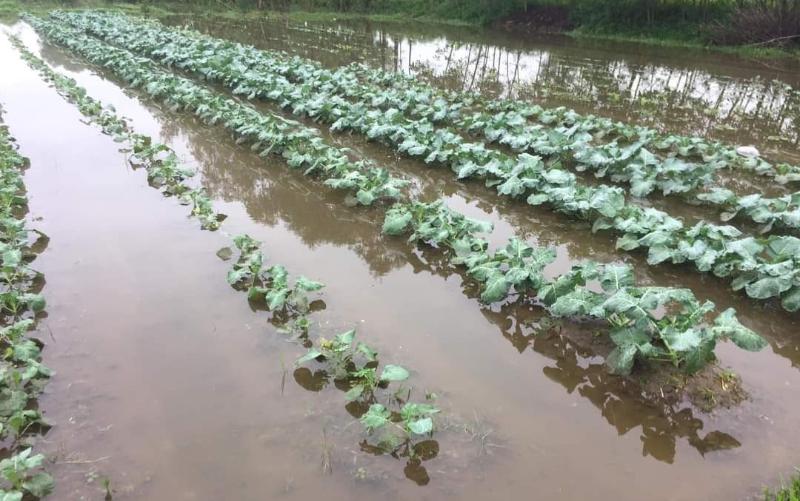
Plant prevention measures before the rainy season
See more
Instructions on how to fertilize roses most accurately
Technical Process of Fertilizing Rice to Achieve High Yield
Measures to care for plants flooded for more than 2 days
Most floods last for 3-4 days, even a week. During the time the plants are flooded, it is also necessary to take measures to care for flooded plants and increase the survival rate of the plants:
- Remove some or all of the fruit on the tree: To nourish the fruit, the tree will lose a lot of nutrients. Therefore, when the leaves are still green, people can cut off some of the fruit on the tree, or cut off all of the fruit, reducing the burden and focusing on nutrition to nourish the tree.
- Use fermented EM mixture: EM mixture includes beneficial organisms. Spray the EM mixture on the leaves at least 3 times/day to prolong the life of the tree until the water recedes. Fermented spinach juice can be used instead.
Treatment measures after the water has receded
When the water recedes, it is necessary to quickly take measures to help the tree recover:
- Limit trampling on the soil: The soil when the water recedes is very weak and contains a lot of water, so when under pressure, the soil will be compressed, causing pressure on the roots and suffocating the tree.
- Unblock the flow, drain the water, helping the water to quickly leave the garden, not leaving stagnant water.
When the soil is dry, it is necessary to use a rake to lightly scratch the ground to break the crust, allowing the air to go down and easily provide oxygen for the roots to breathe.
In addition, each type of tree also has its own treatment measures to increase the ability to save the tree.
For rice plants
It is necessary to clear the flow and drain the water from the field. For areas of ripe rice, it is necessary to harvest promptly, avoiding letting the rice flowers come into contact with water, causing the rice flowers to germinate.
For areas of firm green rice with red tails: if the rice falls over, it is necessary to quickly drain the water from the field, and if possible, re-establish the fallen rice plants.
For areas of rice that are in the process of flowering and drying, it is necessary to increase crop inspection, early detection of harmful pests such as planthoppers, silver leaf disease, leaf spots, etc. to have timely treatment measures.
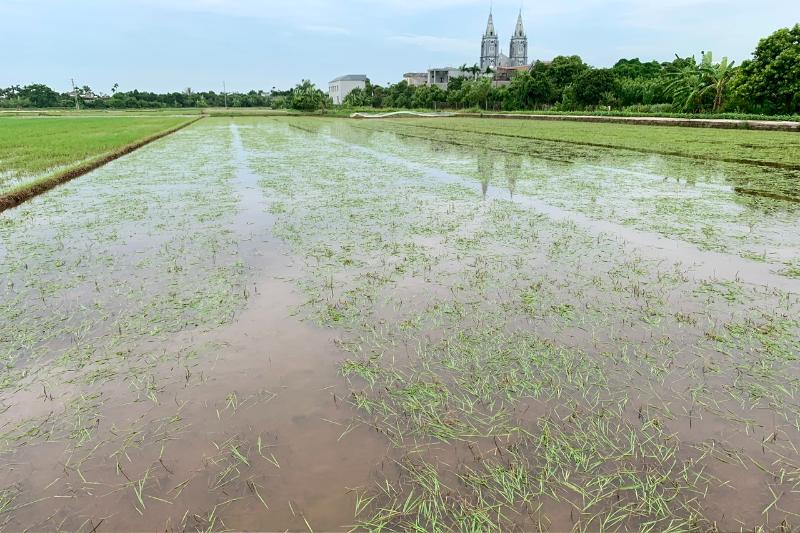
Caring for flooded rice plants
For all kinds of vegetables
Harvest products urgently in fields that are near or near harvest time, or harvest heavily damaged fields.
Proactively drain water and clear the flow of water to drain the fields, avoiding leaving water in the fields for a long time, causing plants to rot.
For small plants that can still recover, farmers need to spray pesticides to prevent pests and fungi. For areas of fields that are no longer harvestable, farmers need to quickly clean the fields and prepare the soil for replanting.
For perennial fruit trees
Quickly create drainage ditches, dig and break the crust around the base of the tree to create ventilation for the tree roots. After a while, fertilize to restore the tree.
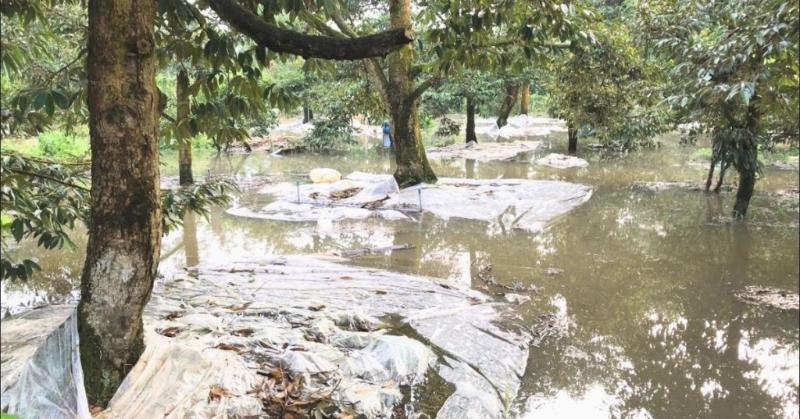
For perennial fruit trees that are flooded
For livestock areas
Low-lying livestock areas need to take preventive measures, relocate livestock, poultry as well as livestock infrastructure if possible. It is necessary to continuously observe the health of livestock to have a method of health care. When relocating livestock, it is necessary to relocate to places that are not flooded, ensuring the safety of people and livestock.
After the water recedes, it is necessary to clean the barns, implement disease prevention measures for livestock, especially infectious diseases such as diarrhea, swine fever, typhoid, ... Spray disinfectant to kill pathogens. For dead livestock, the most effective method is to burn the carcass, then spray disinfectant to kill pathogens. If buried, it is necessary to sprinkle lime powder and follow the instructions of veterinary staff.
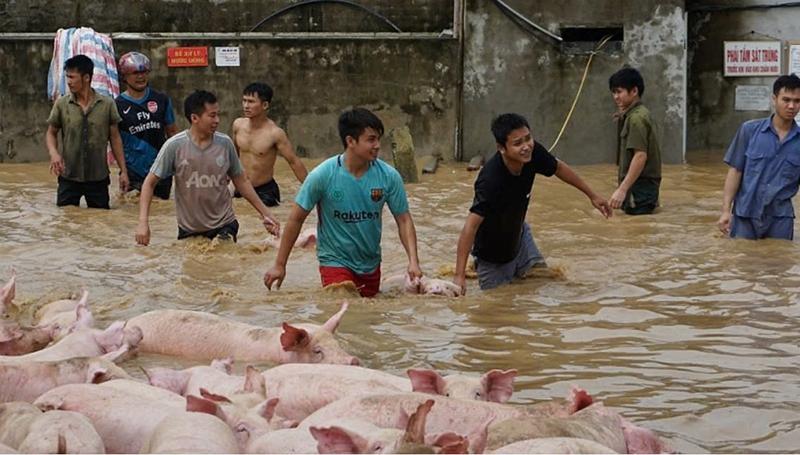
Flooding of livestock areas
For seafood
Rain and floods greatly affect the pond environment. Before the rainy season, it is necessary to check and reinforce the pond banks, drainage pipes, and dikes around the pond to ensure that they can withstand high water pressure.
Before the rainy season, farmers need to clean the pond, remove mud, rotten animals, remove leaves, and waste from the water pipes. Regularly check the pH and alkalinity to ensure a safe living environment for aquatic products. When there is heavy rain, rainwater will dilute the pond water, affecting the salinity and pH in the pond. Therefore, it is necessary to regularly check and have measures to treat the water in the pond.
In addition, when the rainy season lasts long, farmers should consider moving aquatic products to safer temporary areas.
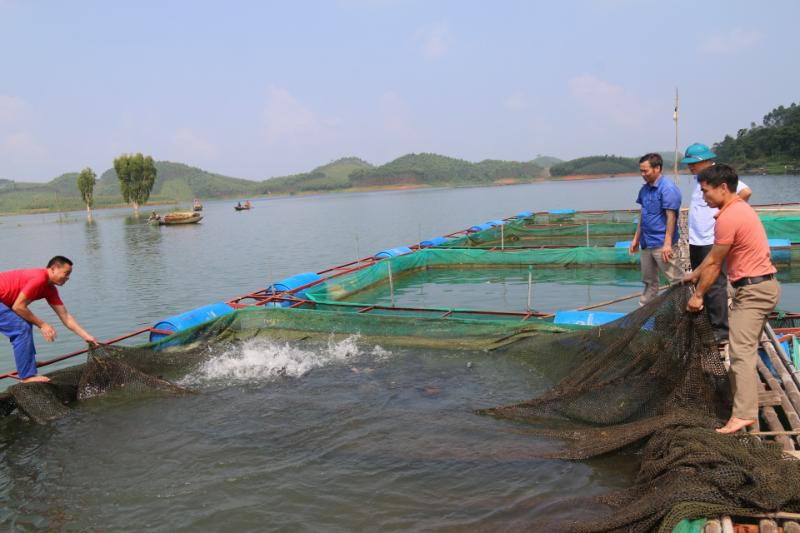
For flooded aquatic products
Actively prevent and control diseases
Continuous rain and high humidity are favorable environments for pests and diseases to develop, especially diseases caused by fungi such as anthracnose, root rot, cracking and fruit rot. The disease will mainly occur on young branches, so fertilizing is an effective solution to prevent the disease. At the same time, it is necessary to prune old branches and diseased parts to prevent the disease from spreading.
If possible, water or spray the tree at once, avoiding rainwater remaining on the leaves, which both eliminates the living environment of fungi and causes fungal spores to fall from branches and leaves.
To protect the roots, it is necessary to spread lime powder or whitewash the trunk area about 0.5 - 2m from the ground. Regularly monitor the garden, especially trees that have been knocked down by the wind, or have their roots loosened, which are susceptible to fungi. Fungicides such as Ridomil, Aliette, etc. can be used to water the roots 2 - 3 times, 20 - 25 days apart, with concentrations according to the manufacturer's instructions. Only when the plants grow stably again should you fertilize the garden.
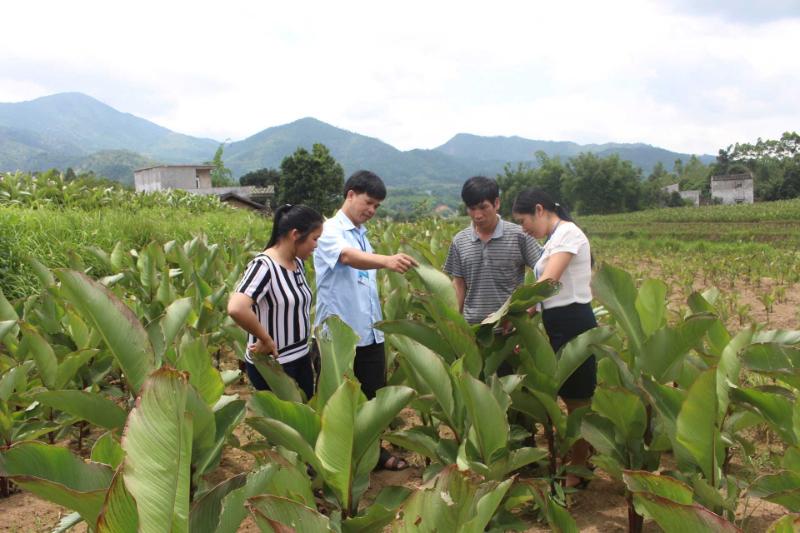
Proactively prevent and control diseases after storms and floods
Above are the measures to care for flooded plants that VNT Company has compiled. Hopefully, the article will help farmers properly handle their plants after the storm and flood season. In addition, if you are looking to buy fertilizers for plants, please contact VNT Company via hotline: 0904616638 to receive attractive offers.



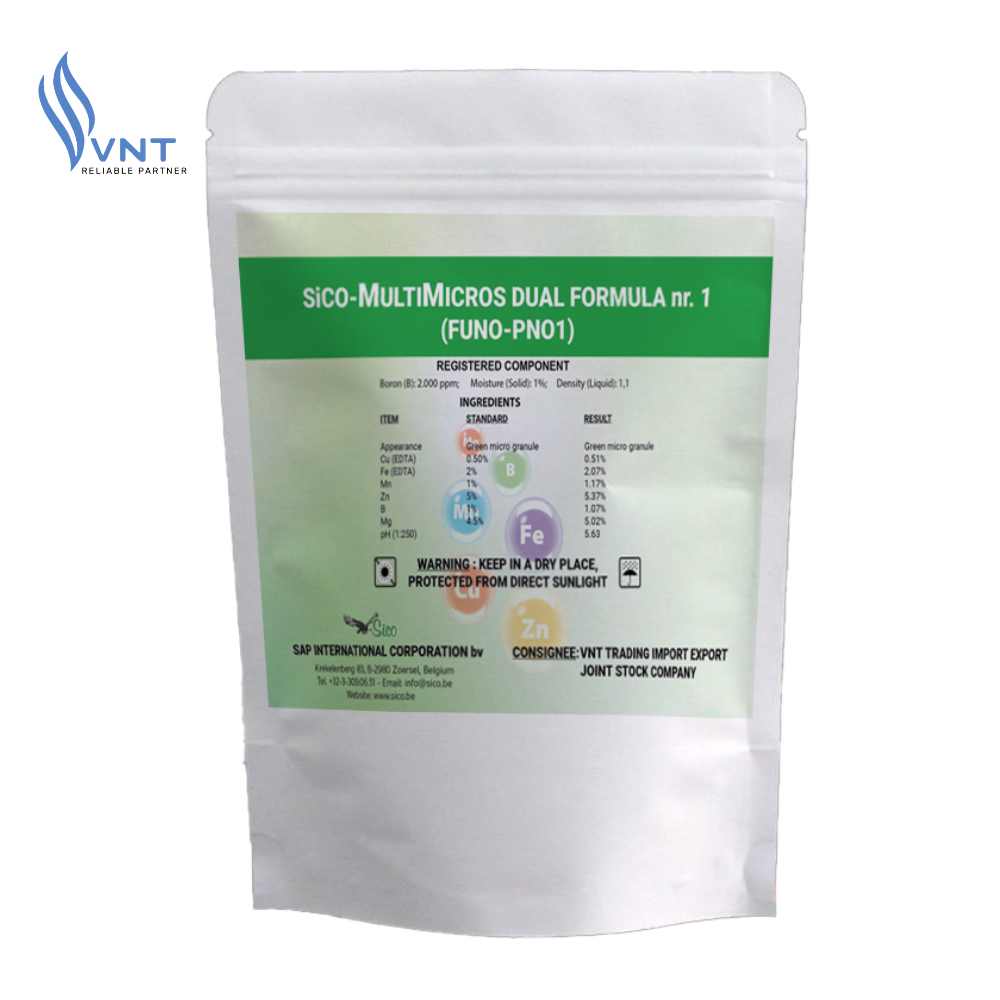
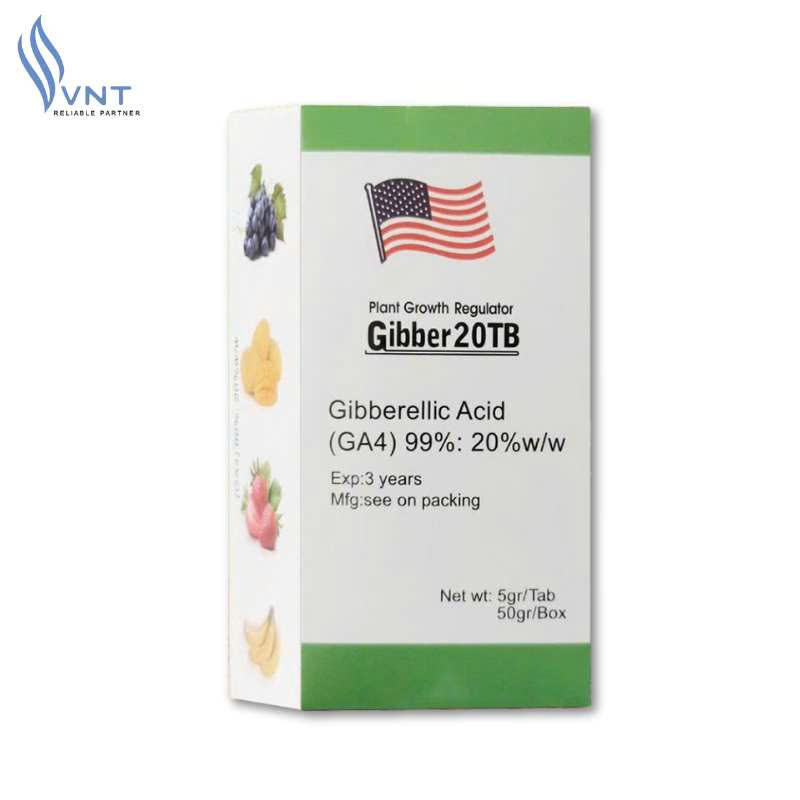
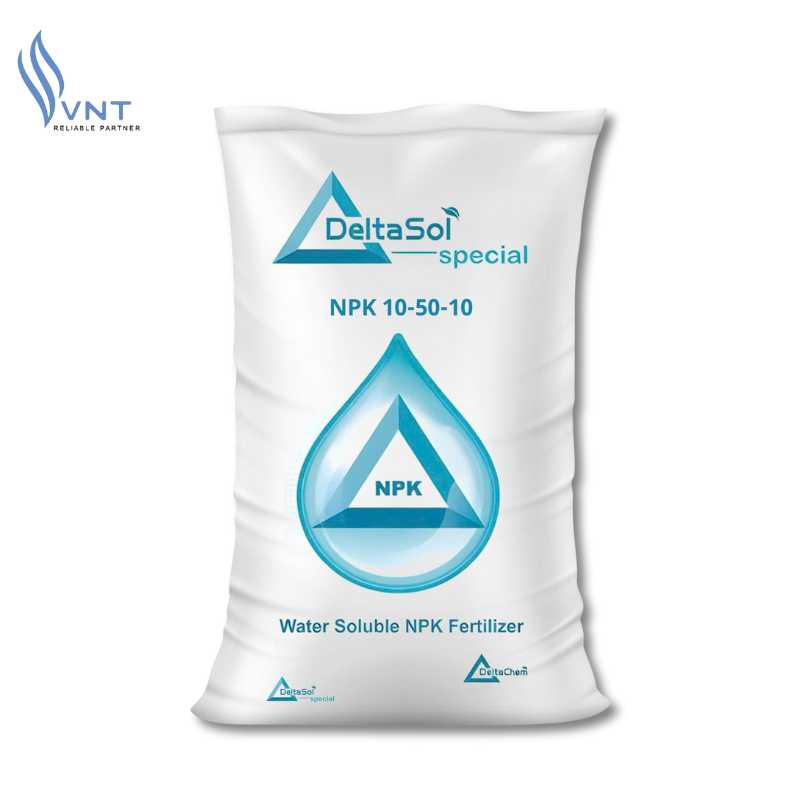
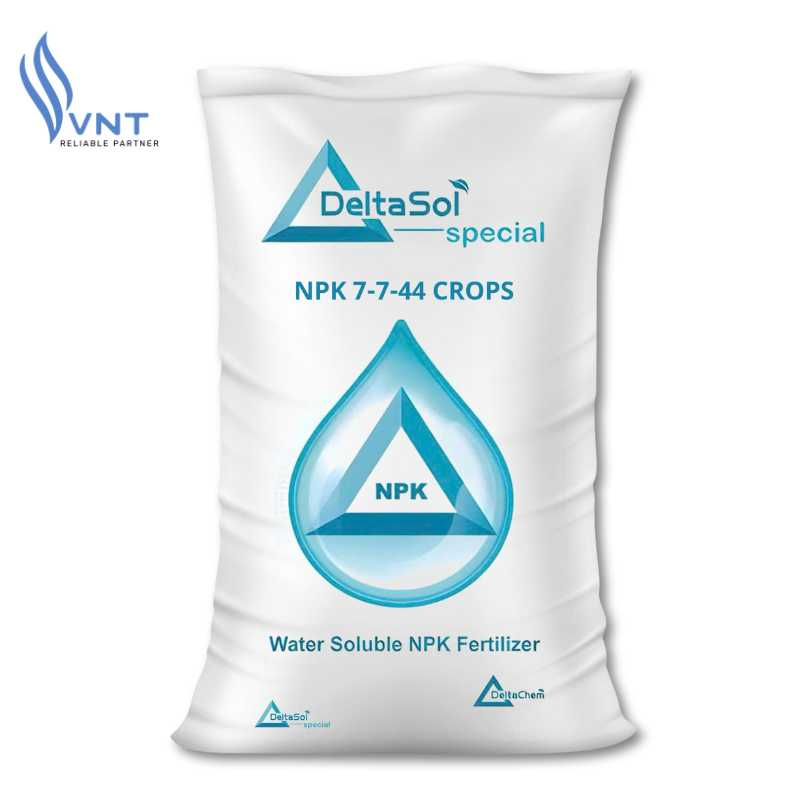
![[Q&A] How Long After Applying NPK Fertilizer Can You Eat Vegetables?](https://vntradimex.com/public/files/news/bon-phan-npk-cho-rau-bao-lau-thi-an-duoc-685e204cde416.jpg)
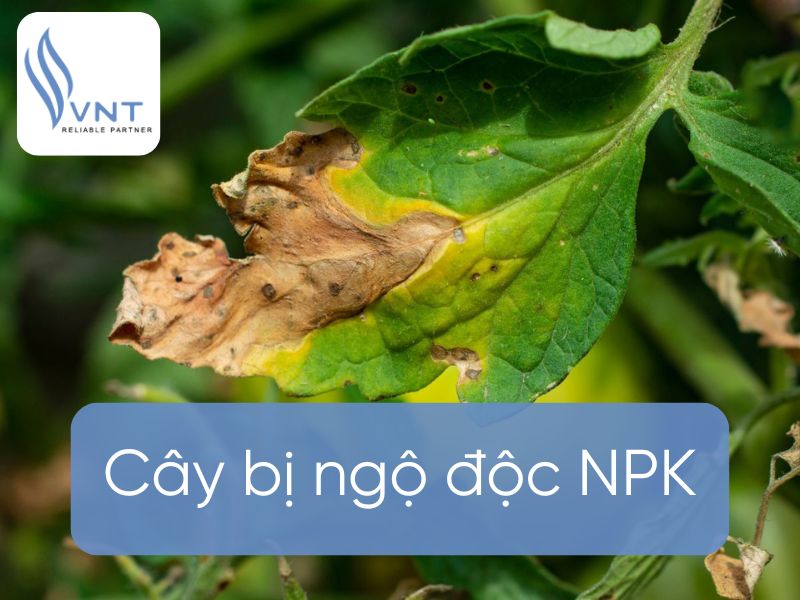
![[SHARE] How to use NPK fertilizer properly that everyone should know!](https://vntradimex.com/public/files/news/cach-dung-phan-bon-npk-dung-cach-682c46ab907d2.jpg)


